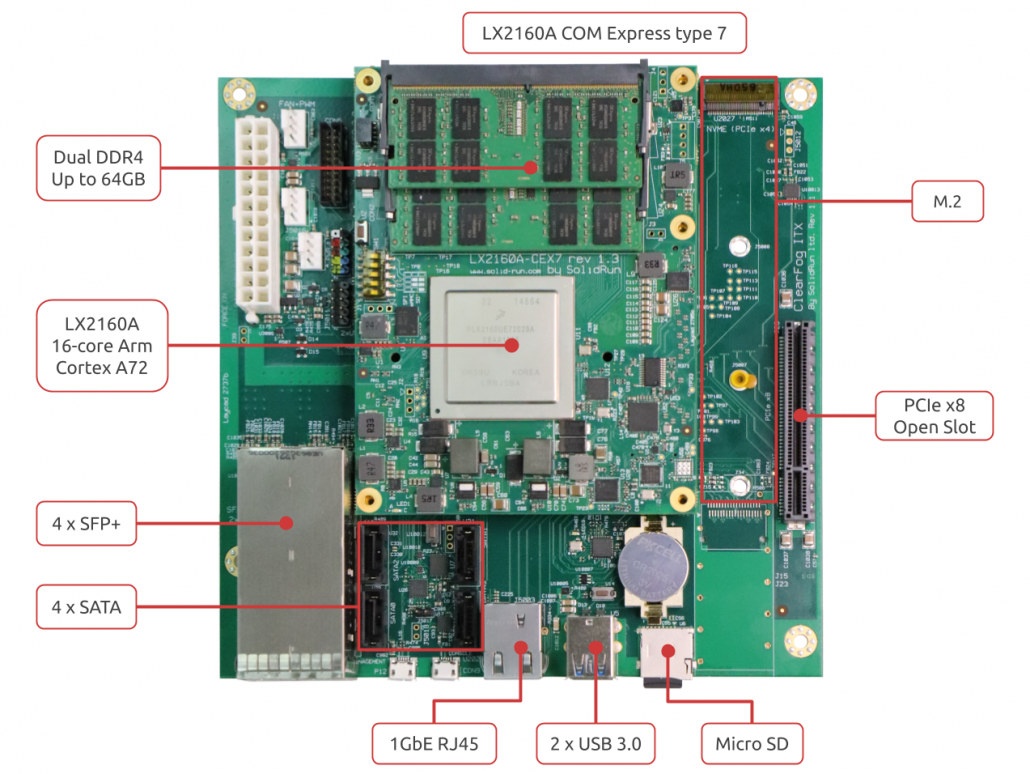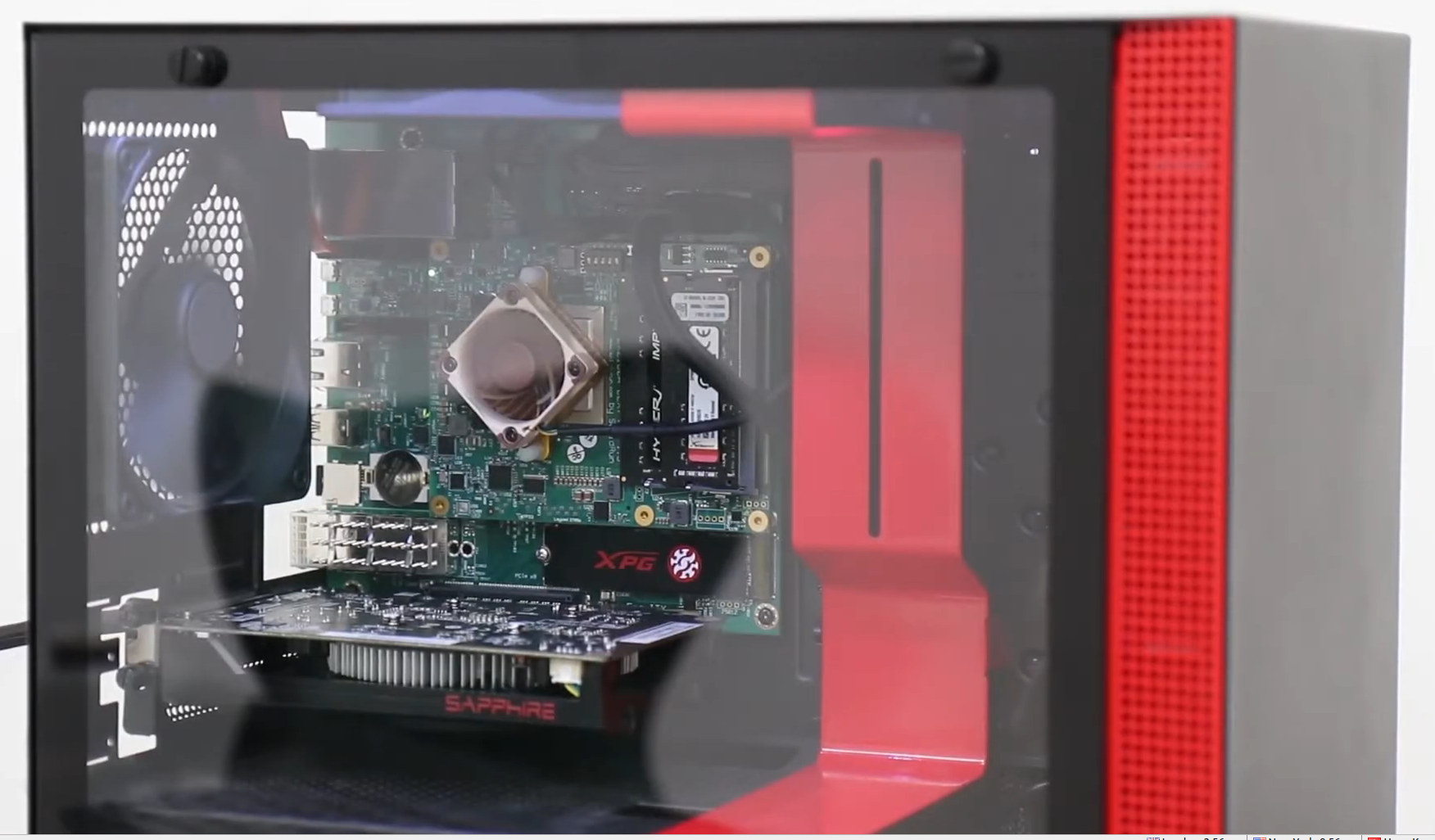Back in February 2019, while referring to Arm server, Linus Torvalds famously said:
I can pretty much guarantee that as long as everybody does cross-development, the platform won’t be all that stable. Or successful.
…If you develop on x86, then you’re going to want to deploy on x86, because you’ll be able to run what you test “at home” (and by “at home” I don’t mean literally in your home, but in your work environment).
…
Which in turn means that cloud providers will end up making more money from their x86 side, which means that they’ll prioritize it, and any ARM offerings will be secondary and probably relegated to the mindless dregs (maybe front-end, maybe just static html, that kind of stuff).

SolidRun had already worked on products with NXP LX2160A 16-core Arm Cortex A72 processor and found out it could be a match to make a powerful Arm workstation so that code could be developed natively on Arm like on a standard (x86) PC, and by the end of March 2019 announced plan for “ClearFog ITX Workstation“. The name of their product eventually became HoneyComb LX2K, a mini-ITX board fitted with the company’s CEx7 LX2160A COM Express module powered by NXP LX2160A SoC, and pre-production models went for pre-order for $550 in May 2019, with shipping several months later. HoneyComb LX2K is now available for purchase for $750.
The board comes with 64GB eMMC flash, but to create a complete Arm workstation, you’ll need to add DDR4 memory sticks, optional extra storage via SATA ports or the M.2 socket, a PCIe graphics card, and a Mini-ITX case with a power supply which may look like the one shown above. The system is said to consume just around 15 watts at idle. I took the workstation from a video just uploaded by SolidRun where you can learn more.
HoneyComb LX2K 64-bit Arm workstation is primarily designed for developers who can natively develop Armv8 applications in Linux as they would for x86 programs in a PC thanks to a powerful 16-core Cortex-A72 processor and support for up to 64GB RAM. Solidrun is also working on ACPI support and SBSA compliance. You can find hardware and software documentation on the developer website.

Jean-Luc started CNX Software in 2010 as a part-time endeavor, before quitting his job as a software engineering manager, and starting to write daily news, and reviews full time later in 2011.
Support CNX Software! Donate via cryptocurrencies, become a Patron on Patreon, or purchase goods on Amazon or Aliexpress





